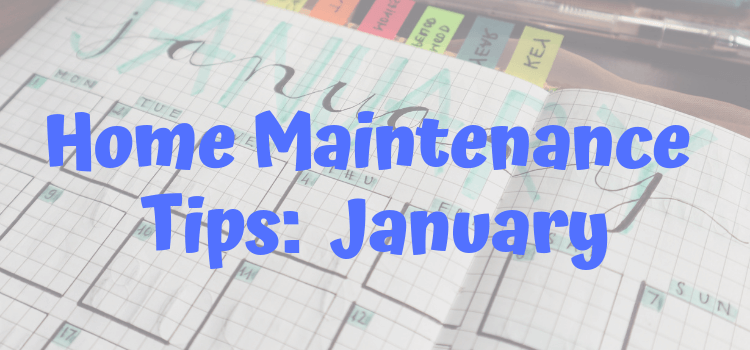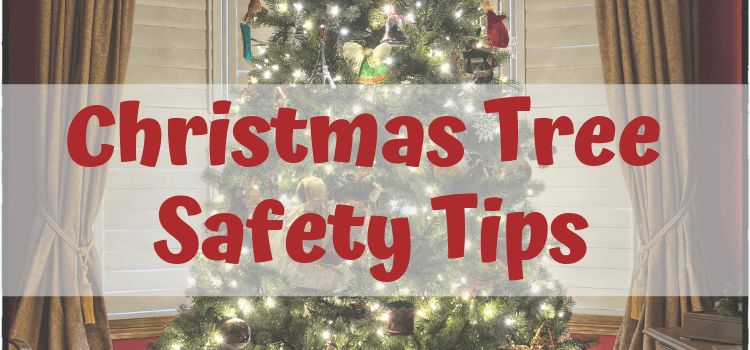
January is Getting Organized Month. Here’s one way to get organized – create a home inventory. Why? Well, it’s human nature to think “That could never happen to me” and yet when disaster strikes, we want to be as prepared as possible — which is why we have insurance in the first place.
However, many of us tend to overlook the vast amount of things we’ve accumulated over time. Have you packed to go on a trip and then when it was time to pack to return home, suddenly there is too much to fit in your suitcase? From souvenirs and gifts to dirty unfolded clothes, suddenly nothing fits quite like it did before in that suitcase.
Throughout the course of last year, your home, much like your suitcase, has probably collected a few new items and lost a few older ones. Each year it’s important to inventory your belongings to see to it that you are properly insured for the contents that are actually there. No one should ever have to experience being under-insured during a disaster, but on the other hand, you also should not be paying to be over-insured unnecessarily.
By walking through your house, documenting the items you have with a camera or a home inventory app on your phone or tablet, and reviewing your contents with your insurance agent, you can determine the best coverage for you and your home in the New Year. So, why not take advantage of Get Organized Month and create that home inventory today?





